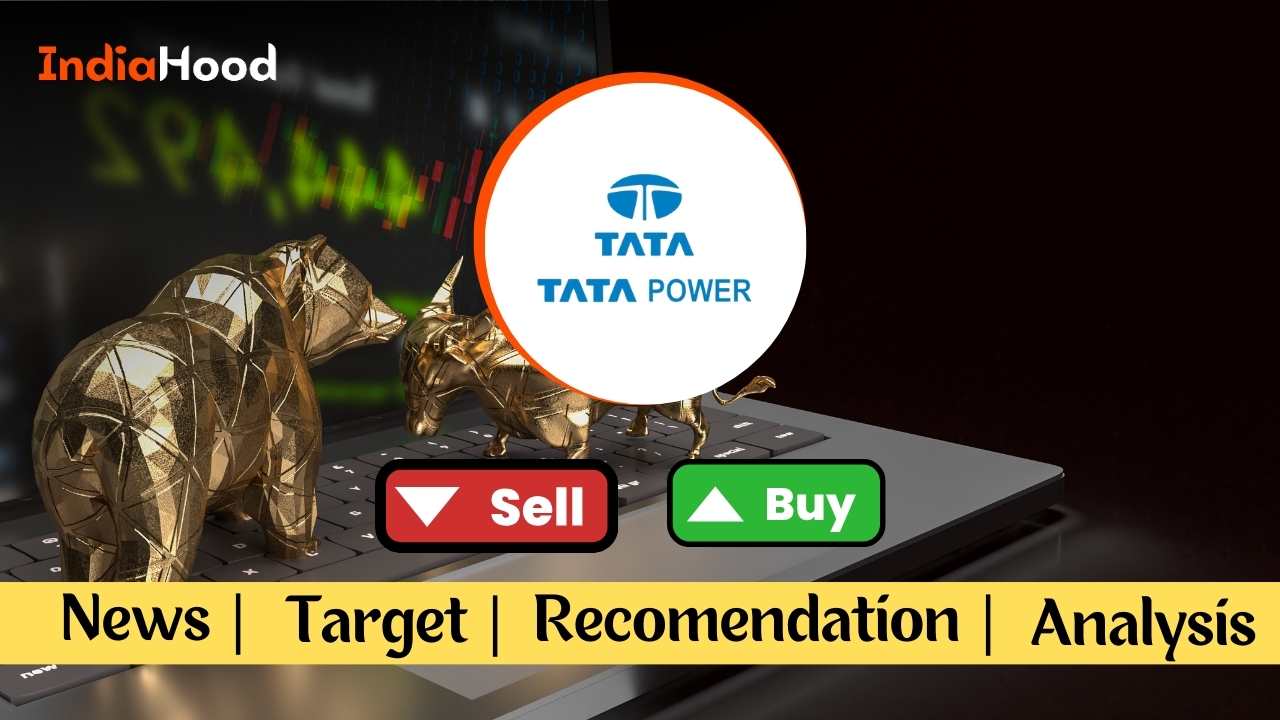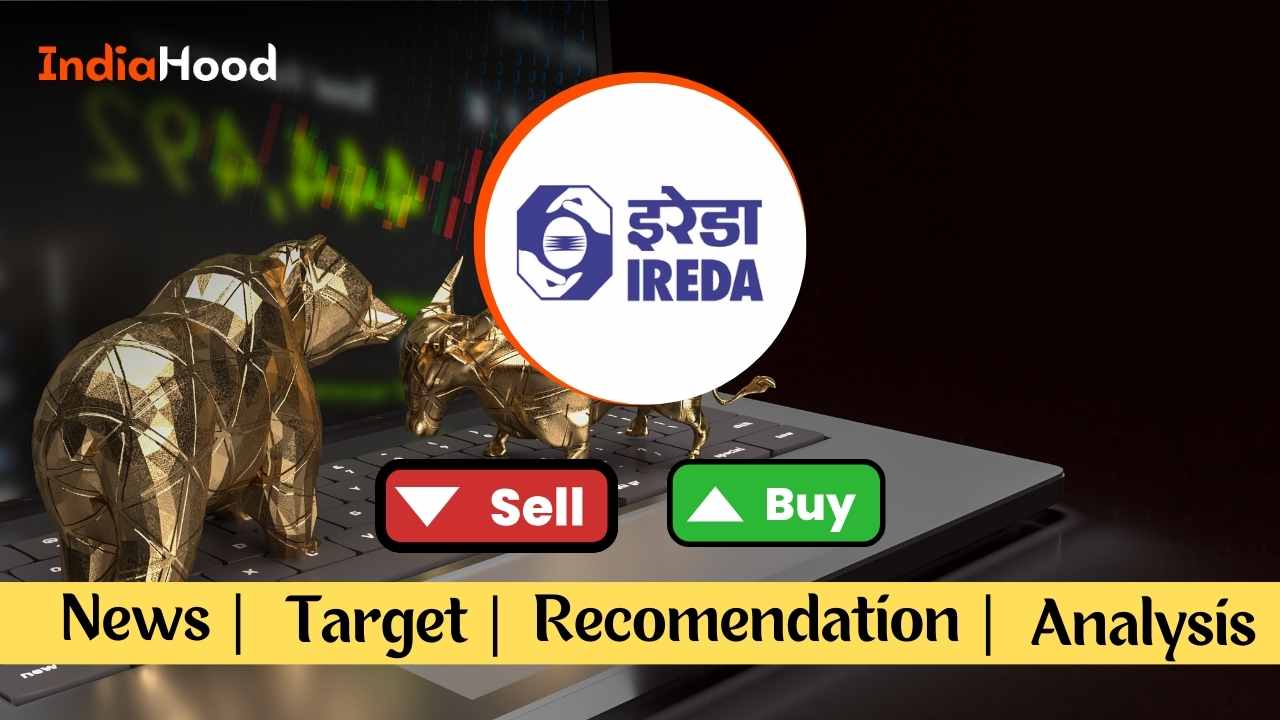The Indian stock market has witnessed an exhilarating surge recently, with September turning out to be one of the most eventful months for initial public offerings (IPOs) in the last 14 years. As reported by the Reserve Bank of India (RBI) on September 20, the country’s IPO activity has hit an unprecedented high, reflecting a substantial revival of interest in public listings. This boost spans both large corporations and small to medium enterprises (SMEs), showcasing a diverse range of investment opportunities across various sectors of the market.
Here’s a look at some remarkable listing gains from companies in 2024.
|
Stock Name |
Offer Price (₹) |
Current Market Price (₹) |
Gains (%) |
Jyoti CNC Automation |
331 |
1156 |
349 % |
Bharti Hexacom |
755 |
1398 |
185 % |
Premier Energies |
450 |
1100 |
245 % |
Bajaj Housing Finance |
70 |
150 |
214 % |
Exicom Tele |
140 |
311 |
222 % |
Platinum Industries |
162 |
380 |
235 % |
Unicommerce Solutions |
102 |
213 |
209 % |
IPO Boom: A Record-Setting September
In September alone, over 28 companies made their market debut on Dalal Street, divided between the mainboard and SME segments. This influx marks a notable achievement, with such a surge in IPO launches unseen for over a decade. The revival signifies an escalated sense of optimism among companies and investors alike, eager to engage with the capital markets. Investors increasingly perceive IPOs as strategic entry points into a flourishing market that shows no signs of slowing down, despite the inherent risks involved.
On a global scale, the current IPO activity in India stands out impressively. India has captured a remarkable 27% share of all public listings worldwide during the first half of the 2023-24 fiscal year, according to the RBI report.
The Impact of SME IPOs Driving the Market Surge
The notable rise in IPOs has been significantly propelled by the enthusiasm surrounding the SME segment. The overwhelming oversubscription of SME IPOs has attracted substantial attention, making them a central feature of the ongoing IPO momentum. SMEs are increasingly tapping into this investor enthusiasm, leveraging public listings as a means to secure capital for their growth and expansion initiatives. The excitement surrounding the SME segment illustrates the expanding landscape of opportunities available to both retail and institutional investors.
Nevertheless, this enthusiasm does not come without its challenges. The RBI report has raised alarm bells regarding potential pitfalls, especially with promoters in the SME space capitalizing on favorable primary market conditions to divest their stakes at inflated valuations. While this may serve as a prudent exit strategy for existing stakeholders, it raises pertinent questions about long-term viability for new investors, particularly in a market that is already perceived to be at elevated levels. The threat of overvaluation looms large, as certain IPOs may be priced beyond their intrinsic values, creating the potential for an overheated market.
Regulatory Measures to Manage the IPO Surge
To ensure a sustainable market environment and prevent the formation of bubbles, the RBI has implemented several regulatory changes. One pivotal adjustment is the restriction on IPO funding via non-banking financial companies (NBFCs). This initiative aims to curtail excessive borrowing to invest in IPOs, as such practices can artificially enhance demand and inflate prices to unsustainable levels. By putting checks in place, the RBI seeks to foster a balance between authentic investor demand and speculative activities.
Another significant regulatory transition has been moving from a proportionality-based allotment method to a lottery-based system for IPO subscriptions. Previously, the allotment process often favored institutional investors, leaving retail investors with minimal chances of acquiring shares in oversubscribed offerings. The new lottery-based method is designed to create a fairer allocation system, particularly benefiting retail investors who have often found themselves disadvantaged in oversubscribed public offerings. This change is expected to enhance accessibility for a wider audience, ensuring that the growth of the market can be enjoyed more evenly.
Navigating the IPO Landscape: A Dual Perspective for Investors
The current IPO frenzy presents a mix of opportunities and cautionary tales for investors. On one hand, participating in IPOs offers a unique chance to invest early in promising companies and be part of the economic expansion of the nation. Conversely, the risk of overvaluation and promoters liquidating their stakes at high prices could result in substantial losses for new investors if the overall market experiences a downturn.
For those considering investing in IPOs, it is crucial to thoroughly assess the fundamentals of the companies going public and avoid getting swept away by the surrounding excitement. While the market may seem to be peaking, employing a sound investment strategy—anchored in due diligence, risk assessment, and a long-term outlook—will facilitate the navigation of the potential rewards and risks present within this thriving IPO environment.
Conclusion: The Future of IPO Activity in India
The surge in IPO activity across India reflects not only investor enthusiasm but also the strength of the Indian economy. However, participants in this vibrant market must remain alert and recognize the accompanying risks that such exuberance entails. Whether this dynamic is indicative of a looming bubble or represents a prudent opportunity for market entry largely hinges on the strategies employed by investors. With regulatory adjustments implemented and a more equitable allotment framework in place, the groundwork is established for a more inclusive and resilient market environment—contingent upon informed decision-making by investors.
(The author is CEO of Hedged.in.)
Disclaimer: The opinions and recommendations expressed above belong to individual analysts, experts, and brokerage firms, not Mint. We encourage investors to seek advice from certified experts before making investment decisions.












